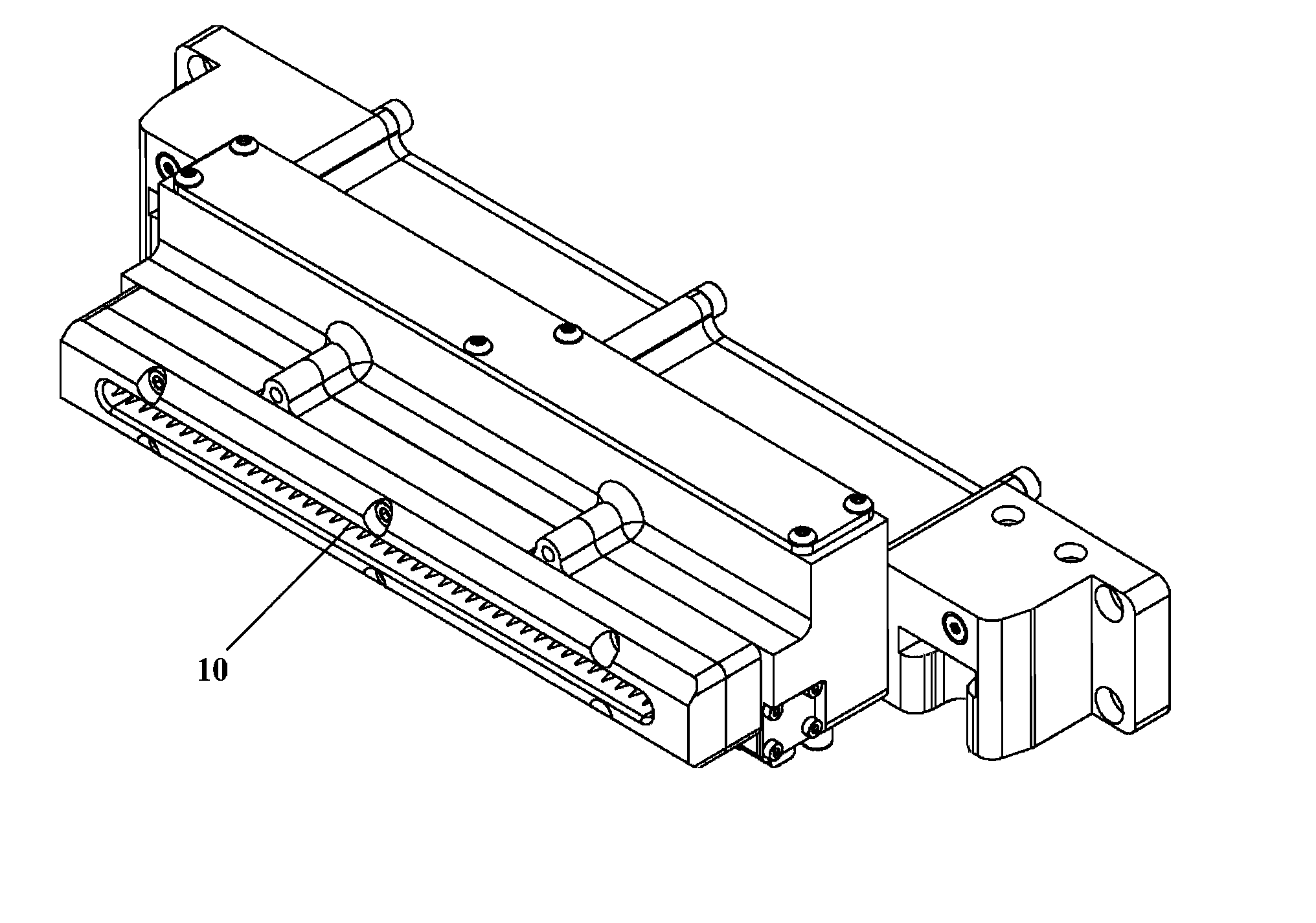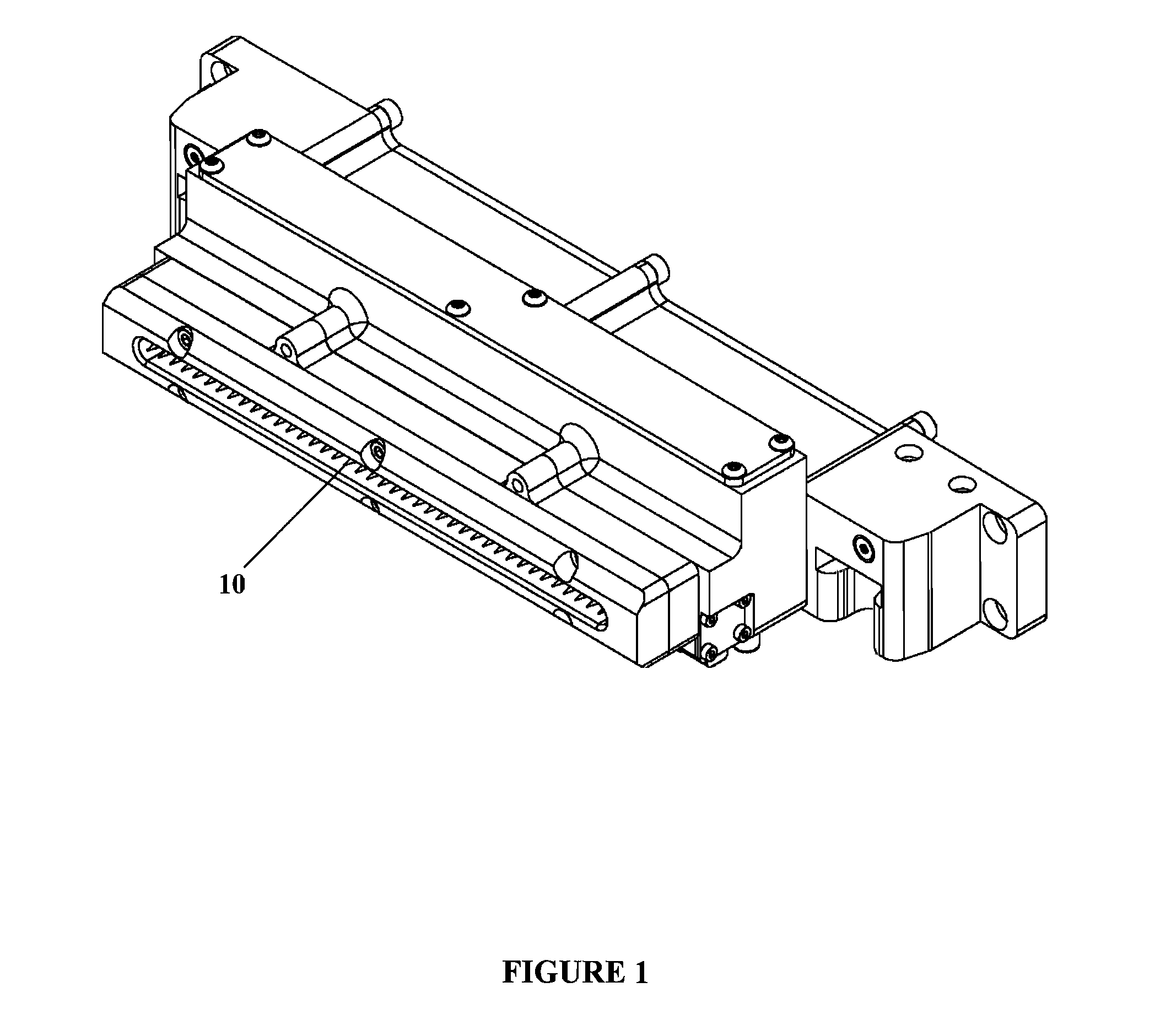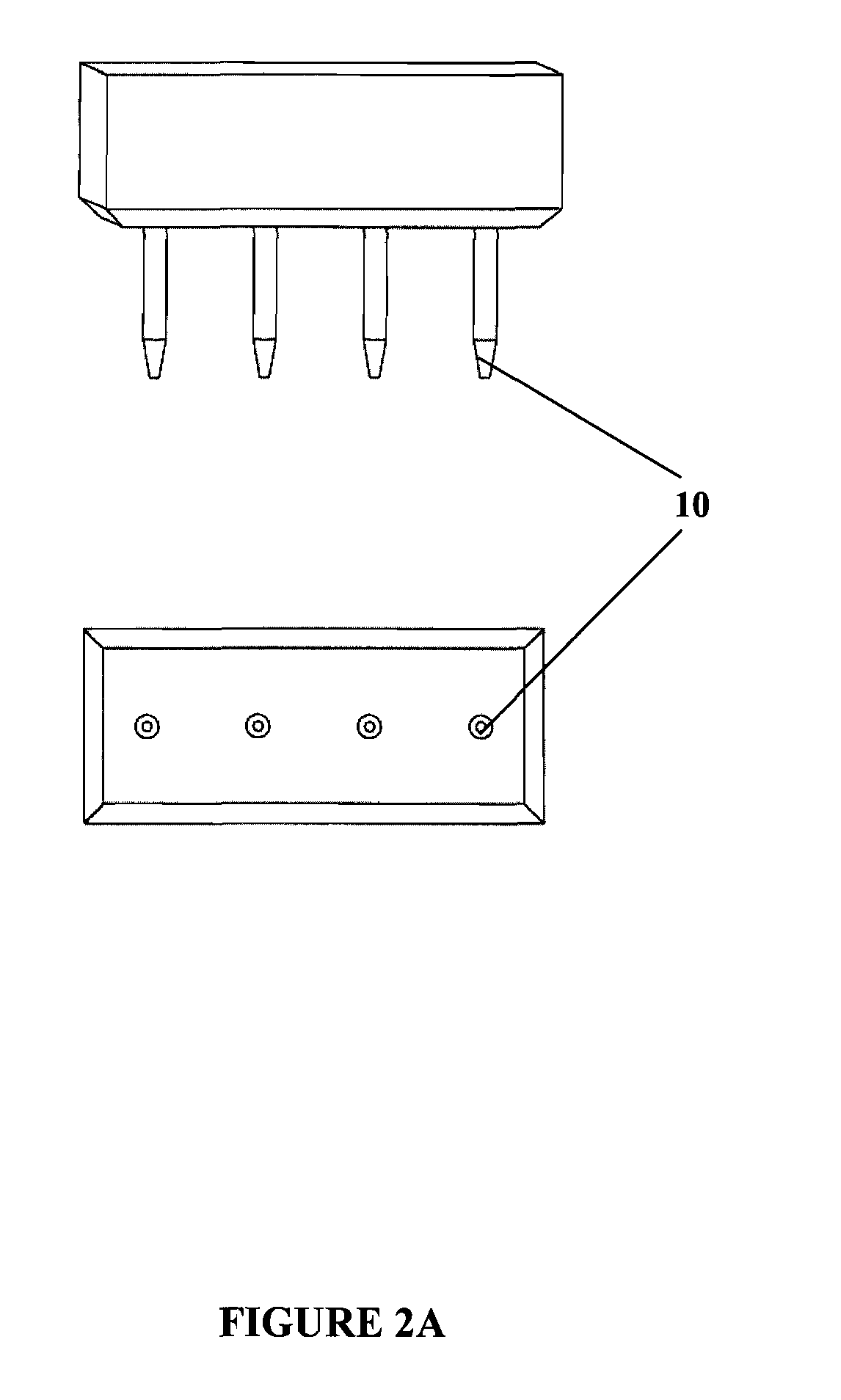Aerosol Jet (R) printing system for photovoltaic applications
a photovoltaic cell and printing system technology, applied in the direction of dispersed particle separation, separation processes, coatings, etc., can solve the problems of increasing the difficulty of squeegeeing ink through the mesh of the screen, increasing the cost associated with screen waste, and reaching the limit of the approach. , to achieve the effect of reducing the width and thickness of the seed layer
- Summary
- Abstract
- Description
- Claims
- Application Information
AI Technical Summary
Benefits of technology
Problems solved by technology
Method used
Image
Examples
Embodiment Construction
[0025]The present invention generally relates to apparatuses and methods for high-resolution, maskless printing of liquid and liquid-particle suspensions using aerodynamic focusing for metallization applications. In the most commonly used embodiment, an aerosol stream is focused and printed onto a planar or non-planar target, forming a pattern that is thermally or photochemically processed to achieve physical, optical, and / or electrical properties near that of the corresponding bulk material. This process is called M3D® (Maskless Mesoscale Material Deposition) technology, and is used to print aerosolized materials with linewidths that can be an order of magnitude smaller than lines printed with conventional thick film processes. Printing is performed without the use of masks. Further, the M3D® process is capable of defining lines having widths smaller than 1 micron.
[0026]The M3D® apparatus preferably uses an Aerosol Jet® print head to form an annularly propagating jet composed of an...
PUM
| Property | Measurement | Unit |
|---|---|---|
| Time | aaaaa | aaaaa |
| Thickness | aaaaa | aaaaa |
| Width | aaaaa | aaaaa |
Abstract
Description
Claims
Application Information
 Login to View More
Login to View More - R&D
- Intellectual Property
- Life Sciences
- Materials
- Tech Scout
- Unparalleled Data Quality
- Higher Quality Content
- 60% Fewer Hallucinations
Browse by: Latest US Patents, China's latest patents, Technical Efficacy Thesaurus, Application Domain, Technology Topic, Popular Technical Reports.
© 2025 PatSnap. All rights reserved.Legal|Privacy policy|Modern Slavery Act Transparency Statement|Sitemap|About US| Contact US: help@patsnap.com



